- | 9:00 am
This tree owns itself—and is fighting for its own survival
An artwork part of the 58th Carnegie International art exhibition, the legally autonomous tree will own the land it grows on.
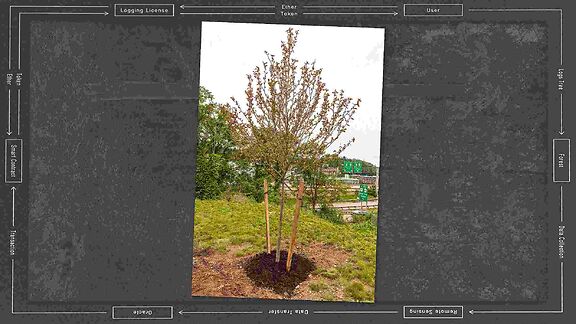
On a few square feet of land on the campus of the Community College of Allegheny County in Pittsburgh, a black gum tree has been planted that could change the world.
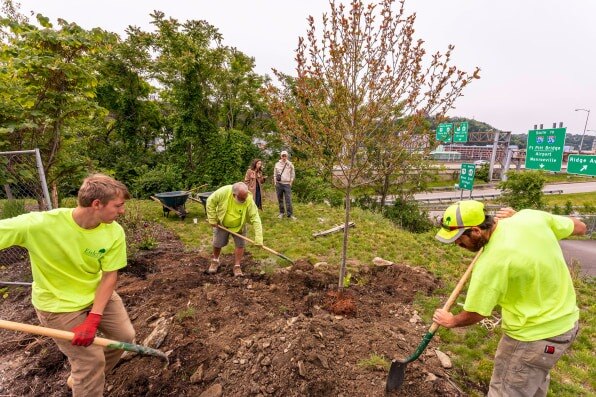
[Photo: Tom Little]
The tree and its unconventional legal framework are a project of Terra0, an artist group based in Germany that is exploring the use of novel technologies and legal frameworks to protect ecosystems through established human laws on personhood. Commissioned and planted as part of the 58th Carnegie International art exhibition, opening September 24, the tree will attempt to become a legal precedent, showing how nonhuman species can gain the autonomy and protection of personhood.“We’re interested in how personhood is constructed in legal terms, but also in economic terms,” says Paul Seidler, one of the three artists behind Terra0. “Corporations can gain the status of personhood. We asked why is there nothing like this for ecosystems or natural systems?”
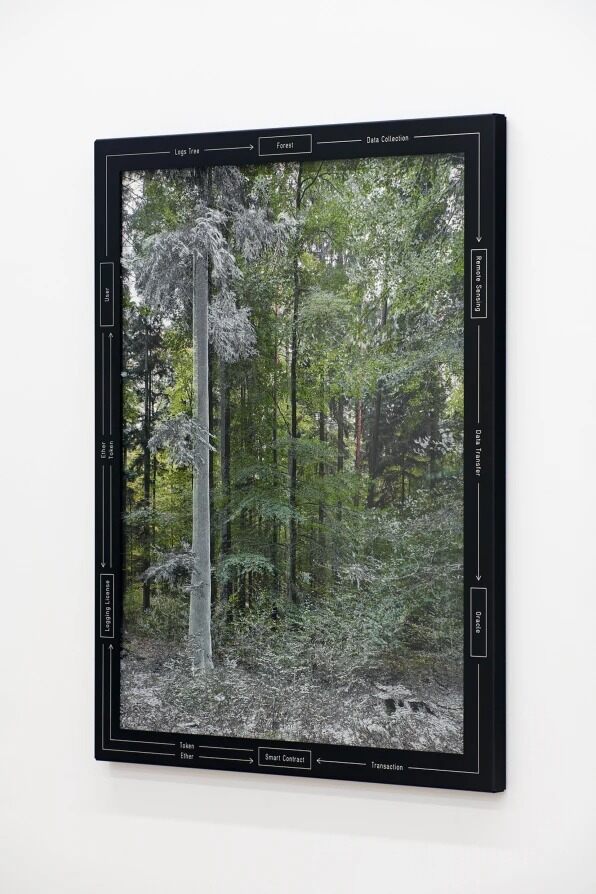
Terra0, Terra0 morphology panel 01-03, 2020. [Photo: © Stephan Baumann]
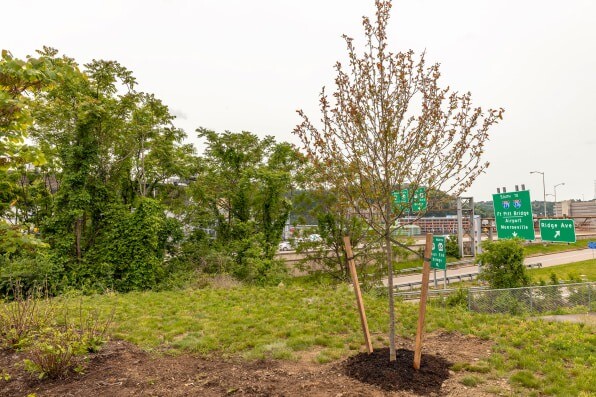
[Photo: Tom Little]
“It’s a dark gray legal area,” says Terra0’s Paul Kolling. The tree’s 501(c)4 will have “the sole goal to lobby at the municipal level to grant this tree personhood,” he says.
Personhood, as a legal status, is notoriously challenging to achieve for nonhuman species. The recent case of Happy, an Asian elephant in the Bronx Zoo for whom lawyers had spent years unsuccessfully trying to win personhood, is one example of the uphill battle for nonhuman rights. Even though Happy has demonstrated a deep emotional intelligence more commonly associated with people than animals, courts have been hesitant to grant to this elephant the inalienable rights of a human.
Terra0 is hoping a tree may offer a simpler way for making the case that nonhuman species deserve their own sets of rules and rights. The tree in Pittsburgh aims to use its 501(c)4 status to help build that legal case and become not only legally autonomous, but also its own owner. “At one point the tree would be granted personhood,” says Kolling. “Then if this happens, we can use a traditional legal body like an LLC, where the tree—which now has personhood and therefore has all the rights and duties of a person—can be the sole shareholder of a company that holds itself.”
In exchange for the care that the Carnegie Museum of Art will initially provide the tree, the tree will mint non-fungible tokens annually that the museum can then sell to offset its costs and keep the 501(c)4 operating.
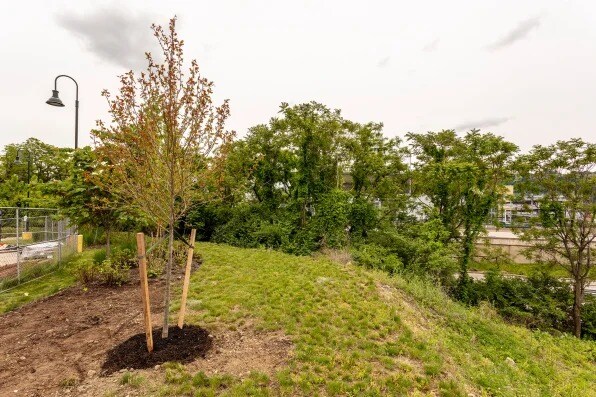
[Photo: Tom Little]
This technology has shaken up the way art has typically been exhibited and valued. “For the most part, it was the market or institutions or organizations that followed the art. They figured out how to think about art, how to respond to it, how to monetize it,” says Mohebbi. “That’s been happening since the Renaissance. But now what’s a little different is the technology of the token . . . and then we’re rushing to see how culture can fit into it.”That’s resulted in a surge of NFT art that is, charitably, less than artful. Terra0’s tree project seeks to shift how these emerging technologies can apply to the art world in a more progressive way.
“For us, it’s really about trying to see what these new technologies can be used for, but also maybe highlighting what they can’t be used for,” Kolling says. “We know this will cause some legal turbulence probably, but it’s important that this turbulence is interesting.”
The tree was planted in July. For Terra0, the hope is that the tree lives on long after this edition of the Carnegie International art exhibition, and that its legal autonomy becomes a guiding point for other nonhuman species, or entire ecosystems, to gain their own form of personhood and legal protection. “An exciting moment would be if people were to take this as a first step toward a new model,” says Seidler.
Mohebbi explains that this is exactly why he wanted this project to be part of the show. “I like to think of it as a prototype,” he says. “Because once this is figured out, we can really say how this can be applied in a larger scale. Why couldn’t the Grand Canyon own itself?”








































